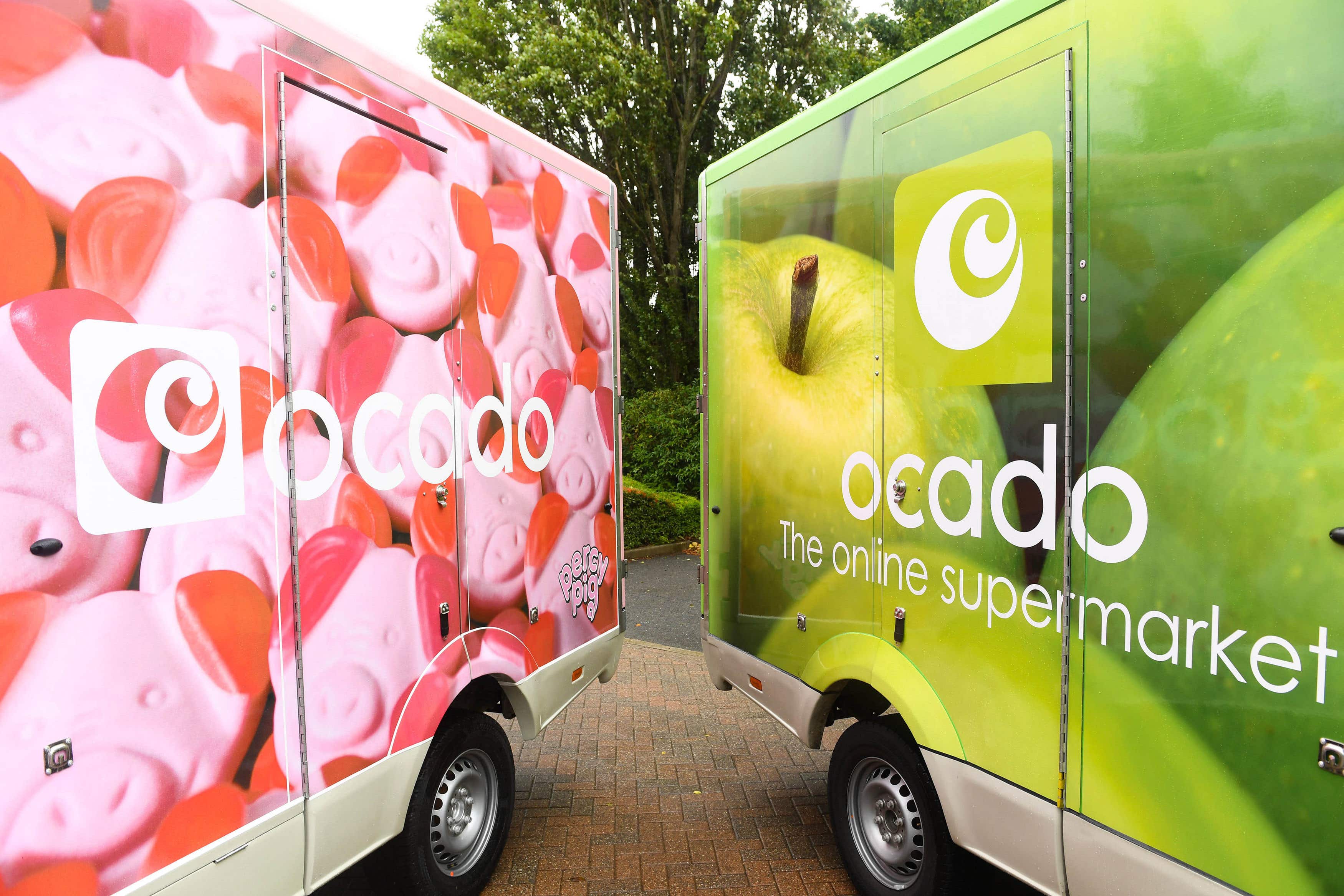Ocado sees shoppers continue cutting back as food inflation yet to peak
The group’s retail arm – run as a joint venture with Marks & Spencer – delivered a 3.4% rise in revenues to £583.7 million in its first quarter.

Online grocer Ocado has said it is yet to see an end to soaring food prices, with customers continuing to rein in spending amid the cost crisis.
The boss of its retail arm, Hannah Gibson, said food price inflation remains at a painful level, with shoppers cutting back their weekly spend and opting for more chilled and frozen food to try and manage costs.
She said some commodity prices were beginning to come down, but that “overall we are still seeing high inflation”.
“Customers are responding to higher food prices by moderating their spend.”
“They are spending less on fresh items … and spending more on chilled and frozen,” she added.
The comments come as new figures from the British Retail Consortium (BRC)-NielsenIQ index found food price inflation accelerated to 15%, up from 14.5% last month, while the price of fresh food is now 17% higher than last March – the highest rate on record.
But Ocado said its retail business remains on track to return to profit as it posted a 3.4% rise in first-quarter sales despite ongoing “challenging” trading.
It is seeing overall food price inflation within its stores running at around 9%, with shoppers brining it down to 8% by managing what they buy carefully.
Ms Gibson said the group was striving to pass on “as little inflation to our customers as possible”.
She said it was “too early to call” when food inflation will start coming down.
It saw average shopper basket sizes fall 7.5% to 45 items in its first quarter, which was offset by an 8.3% surge in average selling prices due to surging food inflation, leaving the overall basket value flat.
The group’s retail arm, which is run as a joint venture with high street giant Marks & Spencer, delivered revenues of £583.7 million over the 13 weeks to February 26.
But with price inflation stripped out, sales by volume are still falling, with customers also buying less per shop as they return to pre-Covid shopping habits.
The group added that order frequency has returned to levels seen before the pandemic struck, with average orders per week at Ocado.com lifting 3.6% to 381,000.
Ocado stuck to its full-year guidance, reiterating that it expects the retail business to remain loss-making in its first half, but hopes to swing out of the red by the year end as sales growth recovers, leaving it with marginal underlying earnings growth for the full year.
Ms Gibson said: “While the trading environment remains challenging, we expect to build momentum through the second half of the year.
“This solid 2023 performance will enable us to return to sales growth and profitability.”
The group is forecasting mid-single digit retail sales growth over the full year, “reflecting a return to volume growth as the challenging comparison to larger volume basket shopping behaviours that remained in early 2022 fades”.
Shares in the firm fell 5% after its update.
Ocado revealed last month that losses widened across the group to £501 million in 2022 from £177 million in 2021, with its retail business swinging to an underlying loss of £4 million.
It was hit by a cutback in customer spending per shop as well as soaring cost pressures, which took their toll on its bottom line.
But it said in its latest update that more customers are shopping with the group, with a 13.8% increase in active customers to 951,000 at the end of its first quarter.





